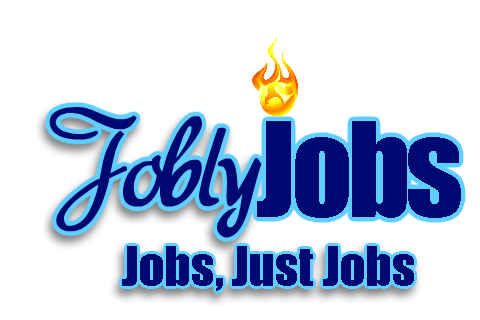The Only Cover Letter Template You Need To Easily Apply To Jobs
There are some things that college just doesn’t prepare you for. For example, how to dress business casual (seriously, how?), or how to prepare for working a 9‑to‑5 job for the rest of your life. As someone who has recently entered the world of job searching, I’m finding that there’s one thing I really wish I had learned in a college class: How to write a cover letter.
Most jobs I’ve seen require both a resume and cover letter to apply, and I’ve found myself dreading having to write a new letter for every single position I want. (Seriously, who has time for all this?) I know I’m not alone: In a 2024 Her Campus survey of 562 respondents, nearly 3 out of 10 said they are unlikely to apply for a job that requires a cover letter. While taking the extra time to write a cover letter seems like a pain, skipping out on applying altogether could mean you end up missing out on some great opportunities.
When you’re trying to put yourself out there to employers, crafting individual letters can really slow the process down; honestly, it’s discouraging to think about spending hours and hours writing when you want to be searching for more opportunities.
To perfect the art of writing a quick and easy cover letter, I spoke with LinkedIn’s Top Recruiting Voice and Director of Recruitment at Swan Resumes, Brittney Swan. Not only did I get some amazing advice on what to include in one of these letters, but Swan also gave me tips to create the perfect cover letter template that you can use any time you need one. And the best part is, it won’t take you more than 15 minutes to put together.

First, let’s establish what a cover letter is.
So, what is a cover letter, exactly? Cover letters are an introduction to your resume and your application. “It should be a quick snapshot of your qualifications and it should directly link your experience with a specific job description or company,” Swan tells Her Campus.
When you’re browsing LinkedIn or Indeed, job posts will (hopefully) have a blurb that describes the positions, tasks, and qualifications the company is looking for. This is what you want to connect your own skills and experiences to in your cover letter.
It’s important to distinguish what a cover letter shouldn’t be, though. “Candidates might not realize that cover letters are not the same as a letter of intent or a SOQ letter (which is a set of questions designed to demonstrate your knowledge on a subject),” Swan says. “Companies [may] ask for a letter of intent, which means you need to explain what you would do in the role if accepted versus a cover letter, which is explaining your qualifications and professional experiences.”
One other thing a cover letter should not be is a retelling of your life story. Adding extra information that is not needed or not applicable can actually hurt your chances of getting hired. “Your life story, your family’s life story, or personal information can make it illegal to hire you based on [workplace] bias laws,” Swan says. So, it’s best to stay away from these personal details in a cover letter.
Here’s a quick and easy format hack for your cover letter intro.
Essentially, the simple format for a cover letter is this: an introduction + qualification + qualification + qualification + conclusion = a completed letter.
A great way to open your letter is by establishing your interest in the company and giving a brief introduction to your recent experience. “Write an opening statement starting with the job title and explaining your experience,” Swan says. “Then write what you’re looking for in this role or joining the company — growth, challenge, et cetera.”
Swan provided a sample introduction that you can tailor to your own needs:
“This letter is to express my interest in joining your growing organization, through an open (title) position. The last XXX years have encompassed [explanation, explanation, explanation]. My hope is to become a part of your organization, as I believe [explanation, explanation, explanation].”
Here’s what to include in the middle.
After your intro, this is where the bulk of your explanation comes in. “The second paragraph directly links what the company is asking for with the experiences you have,” Swan says. This is a great time to tie in all that information from the job posting blurb back to what you bring to the table.
This explanation section doesn’t have to be super long. It’s just telling the company that over the span of however many years, you did a certain amount of relevant work, and since the job listing indicates a need for someone with a certain set of skills, you believe you would be a great fit for the position.
Then wrap it all up with a short and sweet conclusion.
Closing out a cover letter can be thought of like any other concluding paragraph, or the end of a term paper. You want to reiterate your main points briefly, and then thank the hiring manager for their time or consideration.
Swan gives another excellent sample, saying in the closing:
“Given the opportunity, I can bring significant value to your corporation by utilizing my specific skill sets, work experience, and education. I have enclosed my resume and appreciate the time you have taken to get to know who I am and what I could possibly offer to this already inspiring system.”
Cover letters don’t have to be stressful or ridiculously long. Just remember to stick to some basic formatting like this so you don’t overthink it, and you’ll be a pro just like that!
For more insights on navigating a difficult job market and the top jobs, industries, and cities to pursue right now, check out LinkedIn’s 2024 Guide to Kickstarting Your Career.



